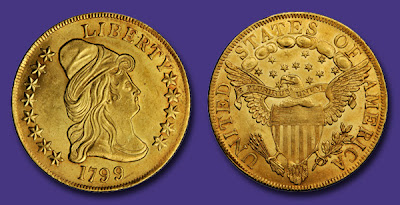
When the War of 1812 broke out, the United States did not issue Federal circulating paper money. Instead, the paper money in circulation was emitted by private banks, merchants and municipalities. Some was good as gold, while others were bad or even “worthless on arrival.” As during most wars, coins and hard money were hoarded and hardly ever seen in commerce. The Federal government saw the need for paper currency and to make it appealing, it paid interest on the notes emitted. The notes were receivable for duties and taxes. They were clearly meant to circulate as money based on their size and appearance. The printing plates engraved by Philadelphia firm Murray, Draper, Fairman & Co. are strictly in character with Philadelphia area bank notes of the period and demand notes emitted by the Second Bank of the United States.
Obsolete banknote collectors are very familiar with Three Dollar bills from countless banks and locations from this period and up to the Civil War. However, relatively few collectors know that the United States Federal government issued a Three Dollar bill as part of the War of 1812 Treasury Note series. Created in the final enactment, February 24, 1815, was such a $3 note. Boasting the patriotic American shield at the top center, it certainly is one of the most distinctive American currency notes listed in the Friedberg catalog. In our Baltimore sale we offer a superb example of this rarity graded by PMG as Choice About Uncirculated 58. An unissued remainder, like virtually all known, it is the first offered by us at Stack’s Bowers Galleries and is pedigreed to the John Whitney Collection sold in 2004.
Don’t miss the opportunity to bid on “America’s Three Dollar Bill’’ and other important United States paper at our Baltimore sale on November 15, 2012.





